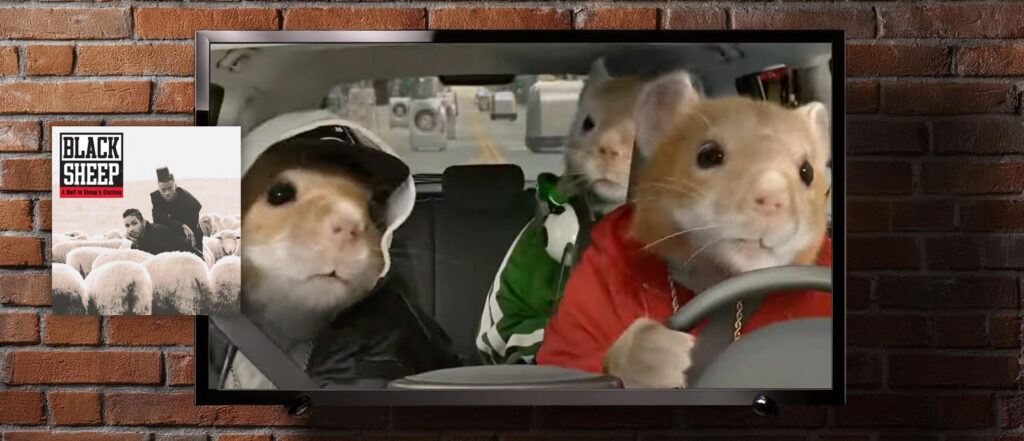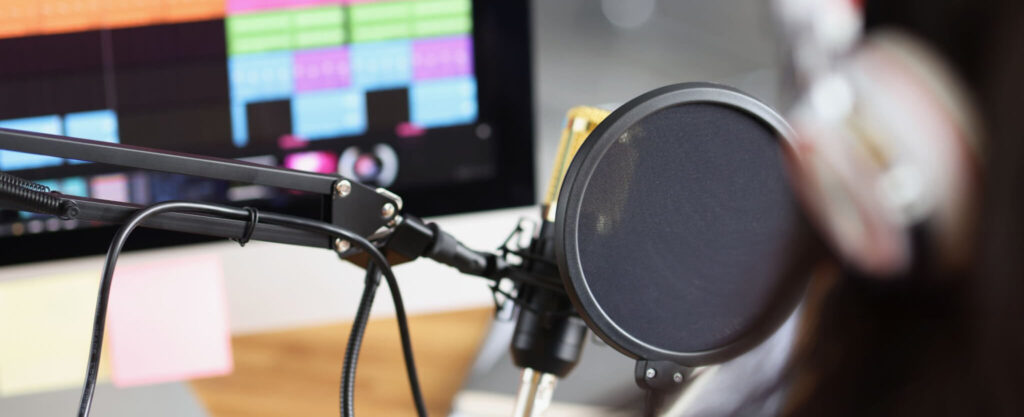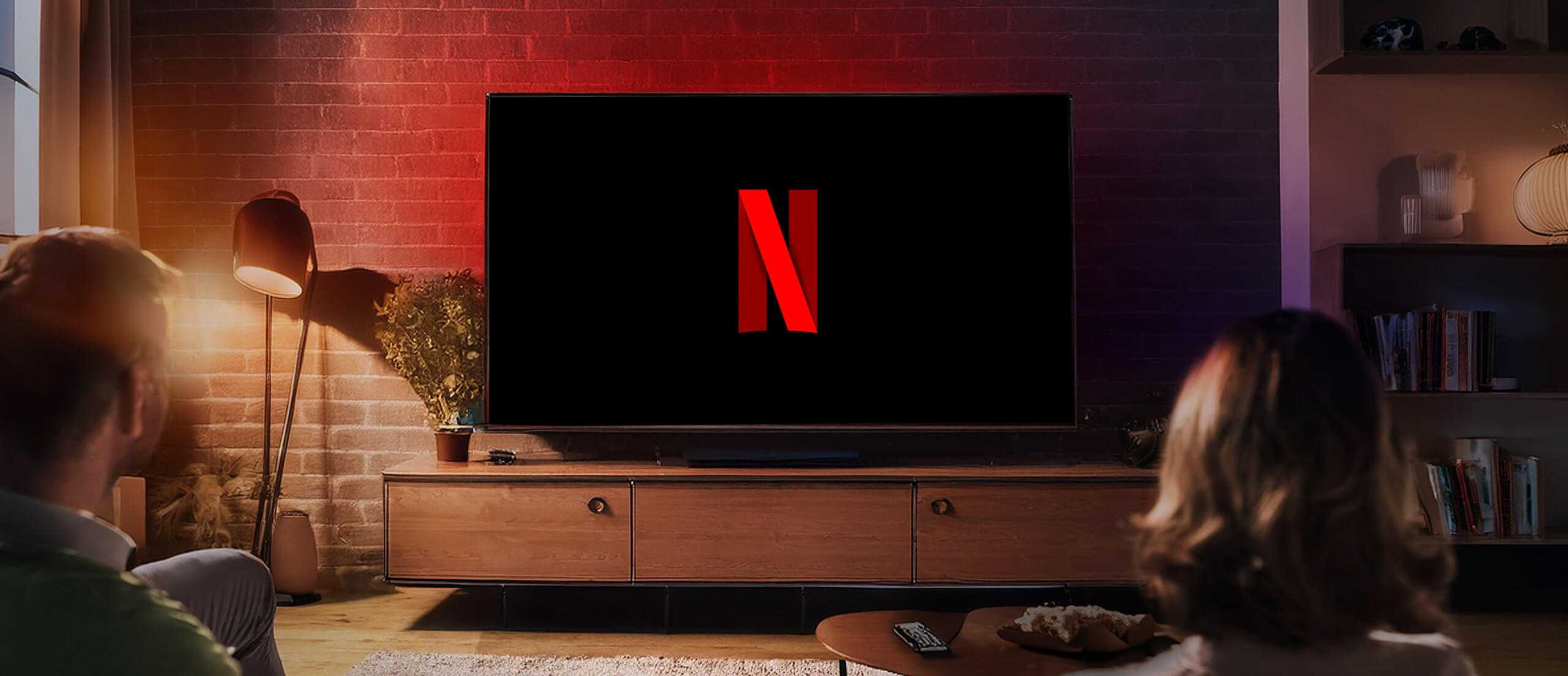Can you identify these famous brand sounds?
Listen to the video above and you’ll likely identify the brands before you see them. The animated red Netflix “N” icon on a black screen, for instance, has become synonymous with a short audio clip called “Tudum” (or “Ta-dum”). Subscribers are greeted with this image and the Tudum sound when starting the Netflix app.
Brand sounds can be almost as iconic as the logo itself, and seeing a visual identity can be enough to trigger a distinct memory of a sound. Brands like Apple, NBC, Intel, TED, and MGM all have specific brand sounds that are closely associated with their respective visual brand identities. Just the mention of these names might have already caused you to recall a particular audio cue linked with a brand: the Apple startup sound, the 3-note NBC chimes, Intel’s 5-note “Bong,” or the distinct lion roar of MGM.

That sound is sometimes referred to as a sonic logo, also known as an audio logo or sound mark. These short, distinctive sounds can represent a brand in much the same way that a visual logo graphic represents a company through the use of an iconic and memorable symbol.
How these sonic logos work is rooted in the way our brains interpret and process sound. Sounds are processed in a part of the brain linked to emotion and memory. This means that a sound can trigger a strong emotional response or a memory more quickly than visual stimuli alone. A good sonic logo can make a deeper connection with audiences by tapping into that emotional response process.

Although few companies rely on sonic logos to reinforce their brand identity in the same way that Netflix and NBC do, many companies still recognize sound as a key part of their brand identity and develop audio style guidelines when creating their brand identity system.
This applies to music styles, video sound effects, and voice styles for commercial voiceover production. Some brands only allow certain styles of music in company videos or voice actors that meet specific predefined criteria to ensure that commercials have a particular sound – perhaps calm and friendly, energetic and adventurous, or youthful and funny.
Music licensing choices for commercial advertising can sometimes lead to long-lasting, memorable content. When a particular song reminds you of a commercial you saw years ago, the same part of your brain that reminds you of what the Netflix “N” sounds like is activated, taking you back to a TV commercial or radio jingle you associate with a brand.
In 2010, Kia made a memorable mark on viewers with a Super Bowl ad for the Kia Soul that featured human-sized hamsters driving the subcompact SUV while jamming to “The Choice is Yours” by Black Sheep. The song was as memorable a part of the award-winning ad as the breakdancing streetwear-clad hamsters were, and it contributed heavily to the lasting imprint the ad made on consumers.
Kia continued to feature the hamsters in advertising for another seven years, but none of the subsequent ad spots grabbed as much space in our collective long-term memory as the Black Sheep commercial.

Advertising can sometimes propel a song to notoriety, pairing an iconic brand with a catchy tune to create something unique and unforgettable. Apple did this in 2007 when the company prominently featured a song by artist Feist in commercials for the iPod Nano. The song “1234” was propelled to stuck-in-your-head status because of the ads, and the singer even acknowledged that the advertising pairing had a significant impact on her career.
For over a decade, Bob Seger’s “Like a Rock” was the featured song in Chevrolet truck and SUV commercials. It became so synonymous with the brand that “Like a Rock” was the Chevy Truck slogan from 1991 to 2014.
When brands want to forge their own path in music, they often turn to catchy jingles and custom music tracks. Occasionally, one of these songs or jingles gets engrained in popular culture and has consumers singing along. McDonald’s “I’m lovin’ it,” jingle is well-known for the parts of the song that aren’t even actual words.
Even in written form, many consumers know the iconic “ba-da-ba-ba-ba-ba-ba ” jingle’s notes and progression. Reading it here, you probably heard the musical “D, E, F#, B, A” note progression in your head just now.

So, what does all of this mean for your brand?
Not every company needs a song, a jingle, or a sonic logo as part of their brand identity system. However, with the ever-increasing demand for video content showing no signs of slowing, more companies are becoming aware that choosing the right audio assets can elevate the brand image of their products and services.
This doesn’t necessarily mean jumping into expensive music licensing to secure the rights to a Drake song for your next video. But consider how the tone, style, and mood of more easily accessible stock audio tracks and voice talent can shape your upcoming project.
Longevity should also be a consideration in audio branding. In addition to making conscious choices about the music and voiceover styles you incorporate into your projects, consistency and longevity can establish those styles as key elements of your brand.
Chevy didn’t strike branding gold with “Like a Rock” by featuring the song in one TV commercial. They fully committed to it as a long-term advertising strategy, extended the slogan to print and digital advertising efforts across their truck and SUV lineups, and kept it going for over 20 years.
Once you decide on your brand sound, consistently apply it for an extended period to cement the sonic logo into the brand identity.

Look for opportunities to apply your brand sound in unexpected places. Video projects are the most accessible format for attaching a brand sound to a visual identity, but other opportunities may exist across a company’s marketing and PR channels.
When one of your company representatives takes the stage to speak at a conference, the “walk-on” music that plays before and during their approach to the podium should match the audio style used in videos. Also apply your audio branding to podcasts, corporate events, social media posts (especially short-form video content like Instagram Reels or TikTok videos), and even the hold music on your corporate phone system. Once you’ve established your brand’s sound style, make sure to include audio style recommendations and best practices in your documented brand guidelines.

